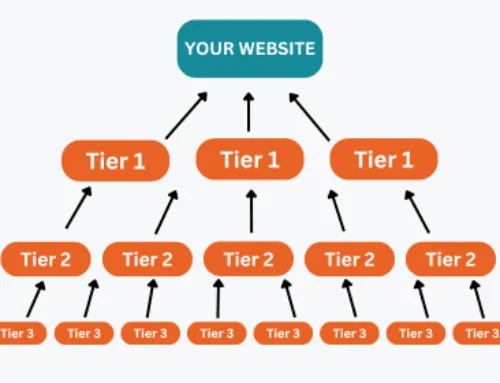Backlinks play a huge role in SEO, acting as a major factor in a website’s authority and visibility. If you’re working in SEO, understanding the difference between dofollow and nofollow links is crucial. In this guide, we’ll break down what these links are, how they impact your rankings, and how to use them effectively to boost your site’s SEO.
Understanding Dofollow Backlinks
What Are Dofollow Links?
Dofollow backlinks are the standard type of backlinks that pass link equity (or “link juice”) from one site to another. These links tell search engines to recognize and count them as a ranking factor, helping the linked website gain more authority and improve its position in search results.
Why Dofollow Links Matter for SEO
Dofollow backlinks are crucial for:
✅ Boosting Page Authority – Links from authoritative sites pass credibility to your pages.
✅ Improving Search Rankings – Google and other search engines use these links as a ranking signal.
✅ Increasing Organic Traffic – Higher rankings lead to more visibility and clicks.
How to Get High-Quality Dofollow Backlinks
- Guest Posting – Writing high-value content for reputable websites in exchange for a dofollow link.
- Editorial Mentions – Getting featured in online articles, news pieces, or expert roundups.
- Niche Directories & Forums – Some industry-specific directories and community forums allow dofollow links.
- Web 2.0 Backlinks – Building articles on platforms like Medium, WordPress.com, and Blogger to create supportive backlinks. (Hint: check out our Web 2.0 offerings!)
Understanding Nofollow Backlinks
What Are Nofollow Links?
Nofollow backlinks contain a special rel=”nofollow” attribute in the HTML code, instructing search engines not to pass link equity to the linked page. These links were originally introduced by Google to combat spammy link-building tactics and prevent manipulation of search rankings.
Do Nofollow Links Help SEO?
While nofollow links don’t pass direct ranking power, they still provide several SEO benefits:
✅ Referral Traffic – Users can still click and visit your website, increasing brand exposure.
✅ Diversity in Link Profile – A natural mix of dofollow and nofollow links appears more organic to search engines.
✅ Potential Indexing Boost – Google may still crawl and index pages linked with nofollow links, leading to indirect benefits.
Where Are Nofollow Links Commonly Found?
- Social Media Platforms (Facebook, Twitter, LinkedIn)
- Blog Comments and Forum Posts
- Wikipedia Citations
- News Websites (Many media outlets automatically nofollow outbound links)
The Role of Nofollow Links in a Backlink Strategy
Even though nofollow links don’t directly boost rankings, they shouldn’t be ignored in an SEO strategy. Here’s why:
1️⃣ They Drive Targeted Traffic – A mention on a high-traffic website can bring thousands of visitors, even if the link is nofollow.
2️⃣ They Add Link Diversity – A natural backlink profile includes both dofollow and nofollow links. Having only dofollow links may look suspicious to Google.
3️⃣ They Can Lead to Dofollow Links – Some webmasters or journalists may initially use a nofollow link, but later convert it into a dofollow link if they find your content valuable.
Dofollow and nofollow links each play a crucial role in an effective SEO strategy. While dofollow backlinks directly impact rankings, nofollow links contribute to a well-rounded link profile and drive referral traffic. Instead of focusing solely on one type, leverage both intelligently to build authority, improve search visibility, and grow your website’s reach.
Want to supercharge your backlink strategy? Get high-quality dofollow and nofollow backlinks from GetBacklinks.net to accelerate your SEO success. 🚀


